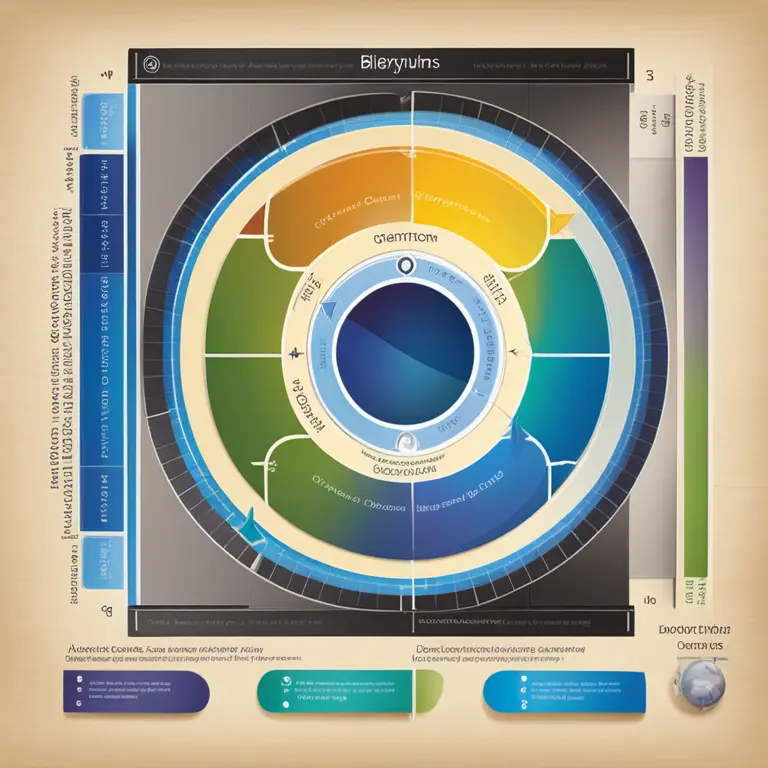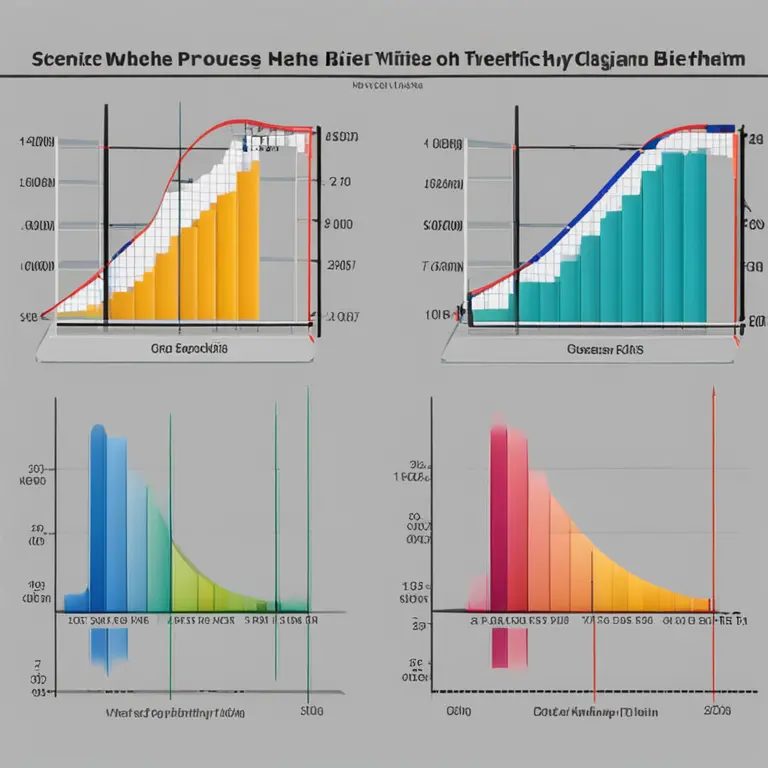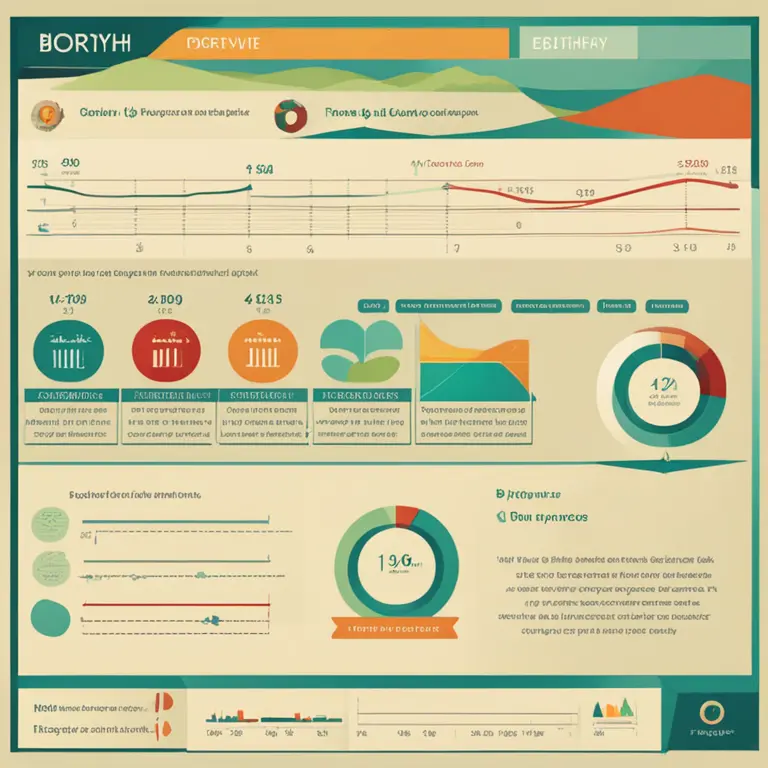
The Mechanics of Biorhythm: A Guide to Personal Cycles
Discover the functions of biorhythms and how these personal cycles can influence your daily life. Learn the science and significance behind the rhythms that sway our energies.
article by Adrian Wallace
Introduction to Biorhythms
The concept of biorhythms dates back to the late 19th century, encompassing the belief that our lives are influenced by natural physiological cycles. Scientists have proposed that these cycles affect us physically, emotionally, and intellectually. Throughout a person's life, these biorhythms are thought to ebb and flow, often impacting our performance, behavior, and overall well-being. While not universally accepted in scientific circles, the topic has garnered significant interest in both self-help movements and among enthusiasts of holistic health.

Three Primary Cycles
Generally, biorhythms are divided into three essential cycles: Physical, Emotional, and Intellectual. Each cycle has a different period: The physical runs for 23 days, the emotional for 28 days, and the intellectual for 33 days. These cycles begin from the moment of our birth and continue throughout our lives, oscillating between positive and negative phases. During the positive phase, individuals may feel more capable or energetic within that specific aspect, while during the negative phase, they may experience greater challenges or a lower capacity in that area.

The Science Behind The Concept
Although the idea of biorhythms has a plethora of followers, the scientific community remains skeptical about its empirical grounding. The theory relies on the notion that our daily lives are affected by rhythmic biological processes. However, to date, extensive scientific research has not confirmed the predictive power of such cycles. Despite this, the fascination with biorhythms persists, and they continue to be a subject of curiosity in alternative therapies and personal development.

Biorhythms In Practice
For enthusiasts, calculating biorhythms is a straightforward process, often facilitated by online calculators and specialized software. By inputting one's birth date, an individual can chart their personal biorhythms and forecast periods of high performance or potential lethargy. This information is then used to plan activities, avoid potential risks, or optimize decision-making processes. Whether for managing energy or productivity, applying biorhythms holds a certain allure for those seeking an edge in their personal and professional lives.
Critical Days and Intersections
Critical days occur when the cycle crosses the baseline, shifting from high to low or vice versa. These are considered periods of instability and a higher likelihood of making errors or experiencing accidents. When the cycles intersect, implications could amplify—either positively or negatively. A day when all three cycles switch phases simultaneously could be particularly tumultuous or powerful, depending on one’s perspective and belief in the influence of biorhythms.
Modern Perspectives on Biorhythms
As we continue to see advancements in human biology and psychology, the context in which we view biorhythms also evolves. Wearable technology and smartphones now offer apps that track various health metrics, some of which echo the principles of biorhythm theory. Sleep patterns, heart rate variability, and mood tracking are all modern reflections of an ancient interest in bodily rhythms. Whether contemporary science will fully embrace biorhythms remains to be seen, but the dialogue between holistic traditions and technological innovation continues.
Published: 1/30/2024
Modified: 1/30/2024
More predictions
Come back here soon to learn more about yourself and your future


Biorhythm Compatibility: Syncing Life’s Rhythms for Harmony
Discover the significance of biorhythm compatibility and how it can impact your relationships, enhancing personal connections through natural life cycles.


Harmonize Your Life with a Biorhythms Calculator
Discover how a biorhythms calculator can harmonize your personal energy cycles with daily life activities.


The Essential Guide to Biorhythms Calculators
Discover how biorhythms calculators can provide insights into your physical, emotional, and intellectual cycles, optimizing your daily life for success and well-being.